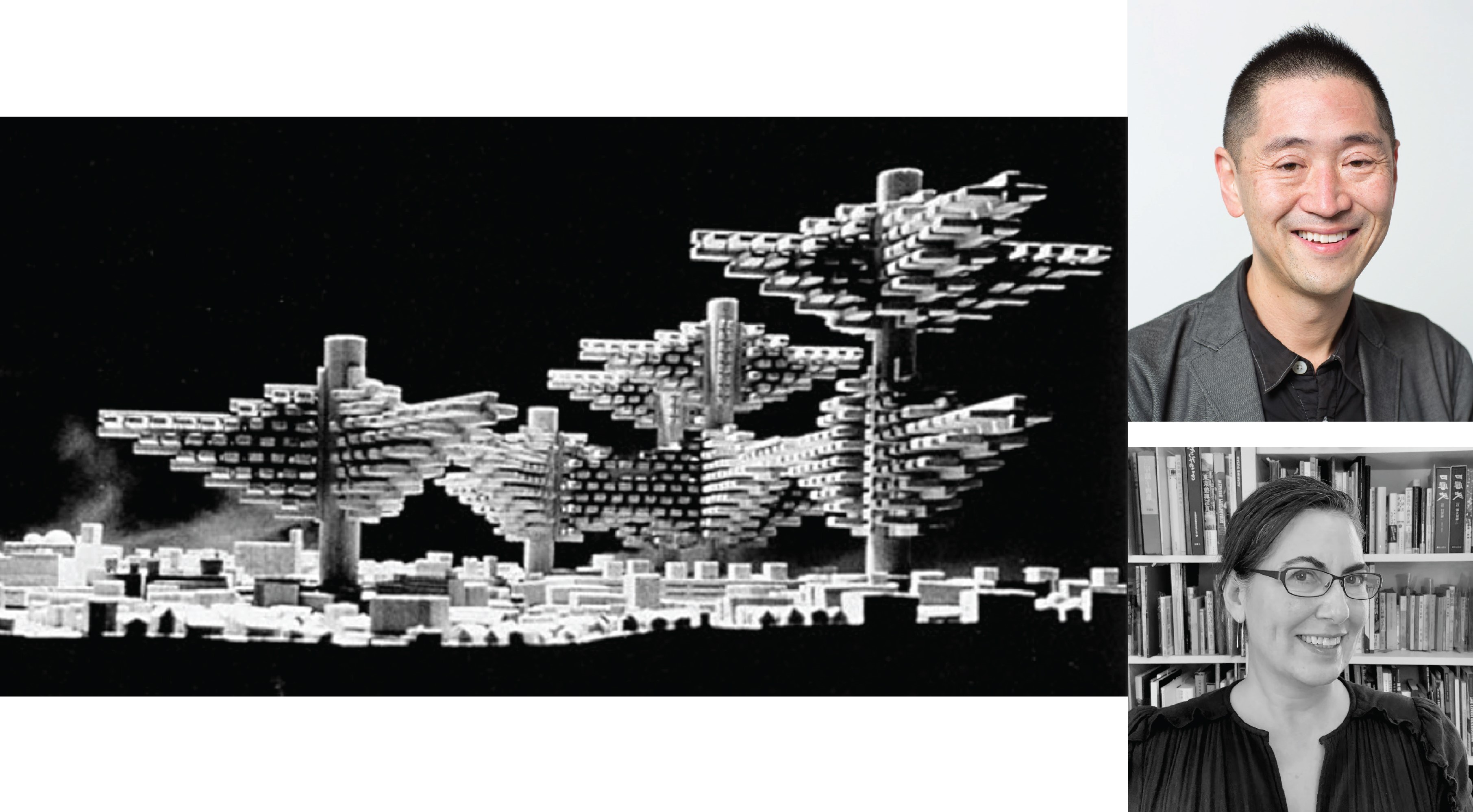

The Japan Foundation, Los Angeles, alongside the city of Los Angeles and its residents, is saddened at the damage and destruction by the various fires that have broken out around the city. Our deepest sympathy is with those who have been affected, and we hope for the continued safety of everyone, especially those in areas at risk.
We have decided to cancel today's scheduled lecture "「廃墟」Hai/kyo: Destruction and Rebirth of Japanese Architecture" in order to prioritize the health and safety of the organizers and attendees. Professors Oshima and Volk will rejoin this series in the future and we will be sure to keep you informed of the time and place of their new session.
In the meantime, please follow the instructions of the local authorities and fire safety specialists during these unique and tragic circumstances. Thank you for your understanding.
If you have any questions, please contact us at jflainfo@jpf.go.jp.
Japanese Architects Talk Series
“5 Dimensions of Japanese Architecture”
3.「廃墟」HAI/KYO: Destruction and Rebirth of Japanese Architecture
Ken Tadashi Oshima & Alicia Volk
Co-Organized by UCLA Terasaki Center for Japanese Studies
UCLA Department of Architecture and Urban Design, UCLA xLAB
To discuss Japanese architecture, this talk series is organized around five concepts unique to Japan: MA, KANE, HAI/KYO, IN/EI, and SUKI. Renowned Japanese architects and scholars will speak at each symposium about their ideas on architecture and the works they have produced. This series offers a unique opportunity to deepen your understanding of Japanese architecture and its cultural concepts by featuring their insights, enriching your perspective on this distinctive architectural heritage through the lens of contemporary practice.
The second session will discuss the concept of 「廃墟」 (HAI/KYO). HAI/KYO refers to ruins that embody the remnants of historical destruction caused by disasters such as earthquakes, fires, floods, and wars, while also symbolizing themes of rebirth, recovery, and the creation of new urban landscapes.
Lecturers & Moderator :
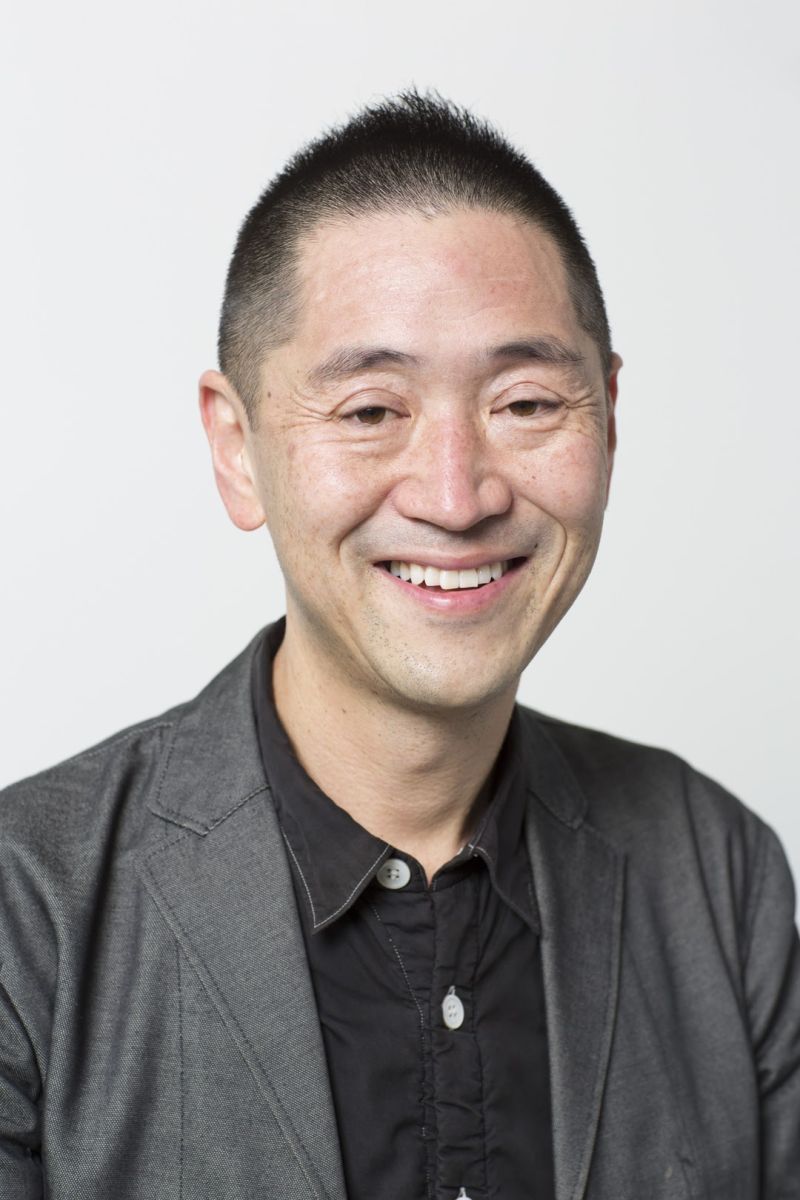 |
Ken Tadashi Oshima, Lecturers |
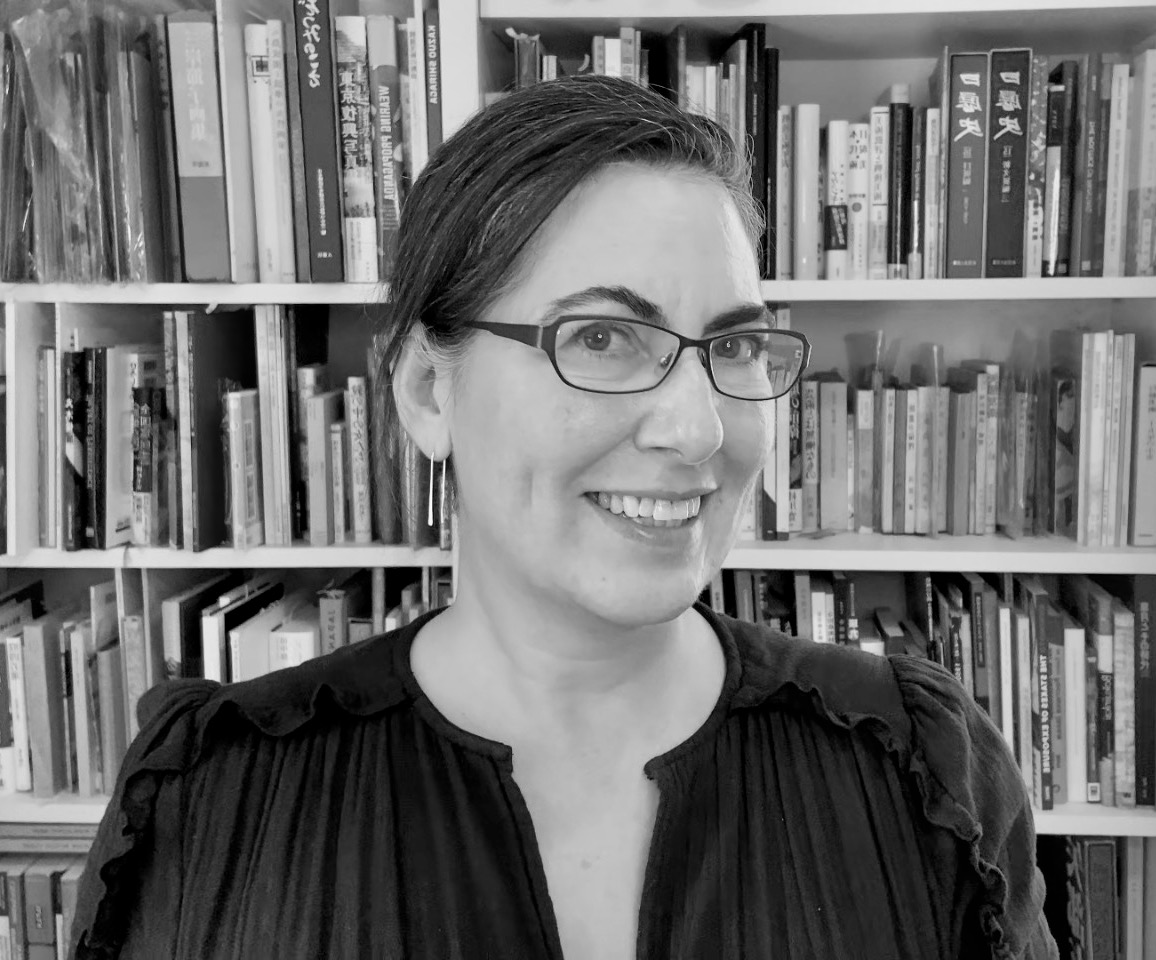 |
Alicia Volk, Lecturer |
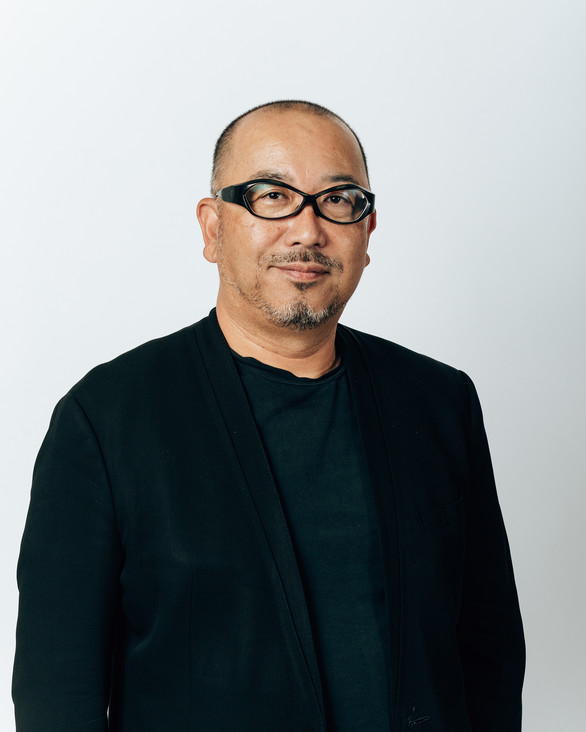 |
Hitoshi Abe, Organizer/ Moderator |
The Other Lectures include:
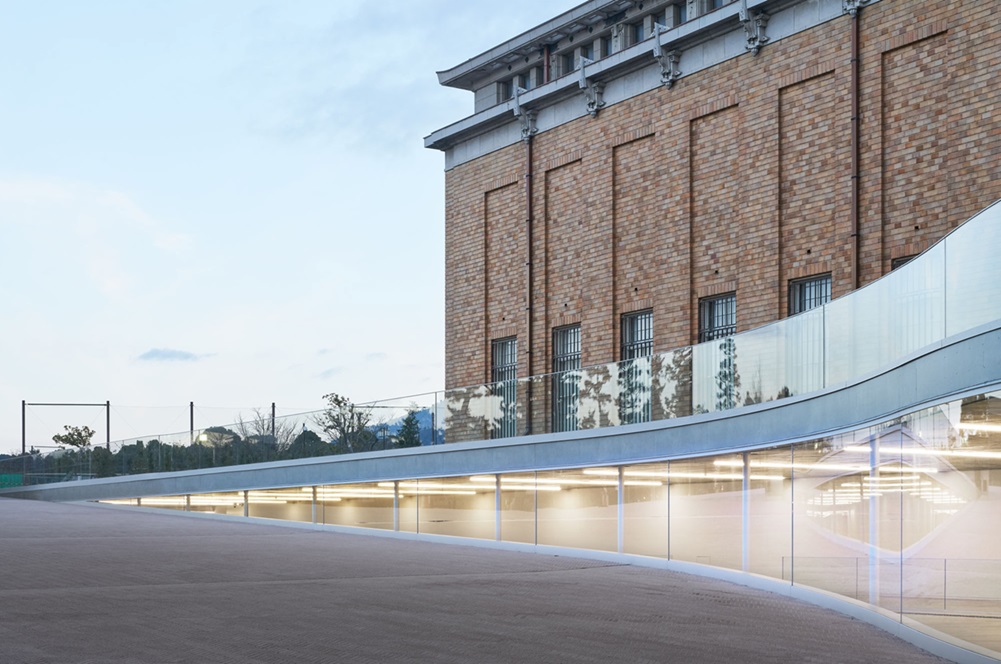 |
1.「間」Ma: Time and Space in Japanese Architecture 間 (MA) is a Japanese concept that defines the interval or space between two entities, encompassing both temporal and spatial dimensions, and serves as a foundational principle in various aspects of art, architecture, and life. |
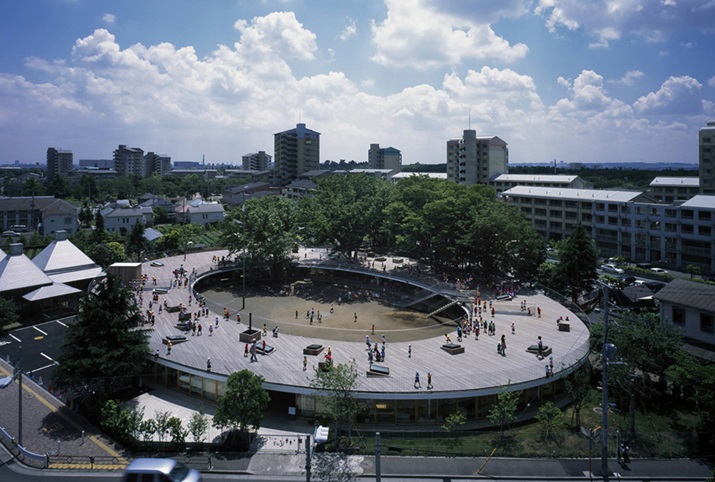 |
2.「矩」Kane: The Canon of Japanese Architecture In Japanese architecture, the notion of 矩 (kane) serves as a guiding framework for practicing, norms and measurements are harmonized to create a unique aesthetic order. The speakers will talk about how this modular system affects the way they think and design. |
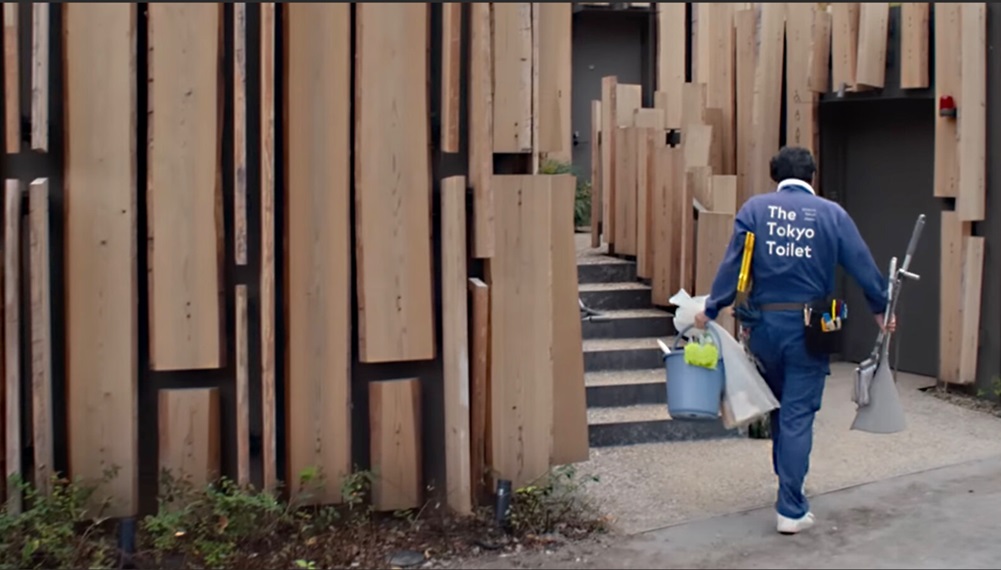 |
4.「陰影」In/Ei: Images of Japanese Architecture 陰影 (IN/EI) refers to the concept of shadows that highlights the importance of darkness as a vital element in representation, contrasting with the Western focus on light and clarity, and emphasizing the true essence of architecture and form. |
 |
5.「数寄」Suki: Microcosm of Tastes 数寄 (SUKI) originally signified a love for poetry in the Heian period, but evolved to primarily denote the refined aesthetic and cultural appreciation associated with the tea ceremony, reflecting a nuanced relationship between art, architecture, and the appreciation of beauty. |
